
Q. I have a 135-gallon tank that I set up about three months ago. I began adding fish and have heard a number of different ideas about how to acclimate them. Any help would be appreciated, as I am not sure what is best for my fish.
-- Stan Toovey
Littleton, Colo.
Moving a fish directly from the bag into an aquarium without any acclimation can cause stress.
PHOTO CREDIT: Scott Michael
It would make sense to get the fish out of the polluted water and into clean water as soon as possible. However, the sudden exposure to the differences between the receiving tank water and the bag water may cause the fish even more stress. So, how do we proceed?
If the fish has been in the bag for less than four or five hours, I recommend using the drip method to acclimate it. You should have a bucket that you use only for your fish tank. Gently add the bag contents into the bucket. You may have to tip the bucket slightly so that the water pools on one side and the fish remains submerged. Wedge a thick textbook or piece of wood under one edge. Slowly siphon water out of your tank into the bucket containing the fish by using air line tubing. I tie a knot in the tubing to control water flow — I can tighten the knot if I want the water to flow more slowly or loosen it if I want a faster rate. You can also use an air control valve to more precisely control the flow rate.
The water flow should be about three or four drips per second. Continue the drip for about one hour, at which point you can introduce the new fish to the quarantine tank. If the bucket is smaller and gets full after a shorter time period, pour out some water and keep the drip going until an hour has passed.
A simpler procedure is to simply float the bag in the tank. You can open the bag and roll the edges over, which will keep it floating. Beware that certain fish (eels, wrasses) prone to jumping may leap out of the open bag. After the bag has floated for about 15 minutes, take one-half cup of tank water, and slowly pour it into the bag. Continue doing this every 10 minutes until the bag is full. Then it will be time to add the new fish to the quarantine tank.
To acclimate a new fish that has been in a transport bag for many hours, you do not want to add fresh seawater, which will increase the pH and thus ammonia toxicity, and possibly cause irreversible physiological problems. The best method in this situation is to adjust the pH in the receiving quarantine aquarium. This is rather labor-intensive, but it is an effective way to reduce the animals’ stress, especially if you are dealing with fish that have been in a bag for 18 hours or more.
First, test the pH of the bag water. Reduce the pH in the quarantine tank to match that in the bag by adding sodium bisulfate (this is caustic, so it’s a good idea to wear rubber gloves). Note that to reduce 10 gallons of water by 1 pH unit (e.g., from 8.4 to 7.4), add about 2.5 grams of sodium bisulfate. Dissolve the acidifier in a cup of freshwater, then add it to the tank.
Once the pH in the quarantine tank approximates that of the bag, float the bag in the quarantine tank until the temperatures between the bag and tank equalize, and then add the new fish to the quarantine tank. At this point, you can slowly raise the pH to a more acceptable level. You can do this by doing 10 to 15 percent water exchanges with fresh seawater every other day. This procedure will also help keep pollutant levels down in the quarantine tank.
Here are a few more tips. To reduce stress during transport, place the fish in a dark container for the trip home. I use a cooler because it provides darkness, as well as helping to maintain bag temperature. Upon arriving home, dim the room lights and turn off the aquarium lights before opening the transport container. This will help reduce the likelihood of photic shock.
Marine fish have an easier time moving from more to less saline conditions. Therefore, if you can adjust the specific gravity in your quarantine tank so it is less than that in the transport bag, it can help reduce stress. I recommend 1.017 because most retailers and online shops keep the specific gravity higher than this. Test the specific gravity of the bag water, and if it is lower than the quarantine tank, add more fresh reverse osmosis water.
Finally, when adding a fish to your tank, no matter what method you use to acclimate it, you want to add as little of the bag water to the tank as possible. It is better, however, to add some bag water than to use a net, which may damage the fish’s skin or scales, or even worse, get tangled on spines or teeth.
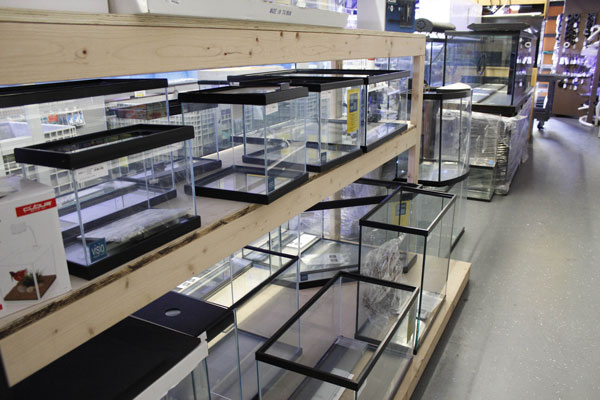 Five Tips for Freshwater Aquarium Success
You spent countless hours researching the latest products to
Five Tips for Freshwater Aquarium Success
You spent countless hours researching the latest products to
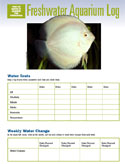 Aquarium maintenance logs for freshwater, saltwater and reefkeeping aquarists
Thank you for signing up for the FishChannel newsletter, the
Aquarium maintenance logs for freshwater, saltwater and reefkeeping aquarists
Thank you for signing up for the FishChannel newsletter, the
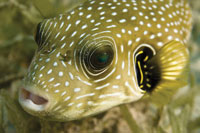 Pufferfish Teeth Care
Because their teeth are constantly growing, pufferfish
Pufferfish Teeth Care
Because their teeth are constantly growing, pufferfish
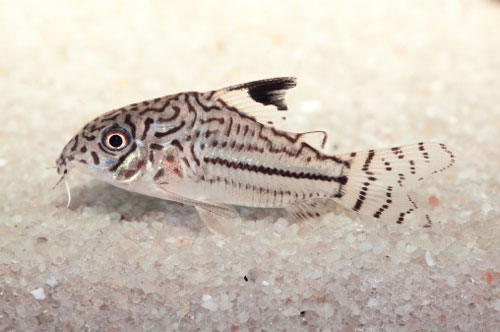 Keep Your Aquarium Clean With These Tank Tools
Success in maintaining a freshwater system takes applied kno
Keep Your Aquarium Clean With These Tank Tools
Success in maintaining a freshwater system takes applied kno
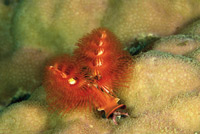 Aiptasia
Q. I have Aiptasia all over my aquarium and have been
Aiptasia
Q. I have Aiptasia all over my aquarium and have been
Copyright © 2005-2016 Pet Information All Rights Reserved
Contact us: www162date@outlook.com